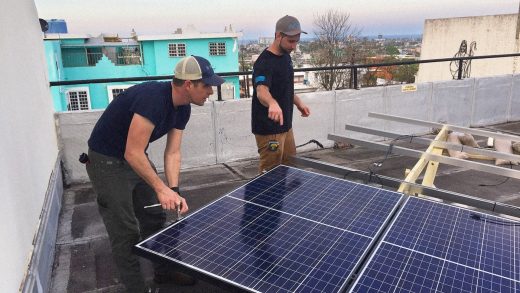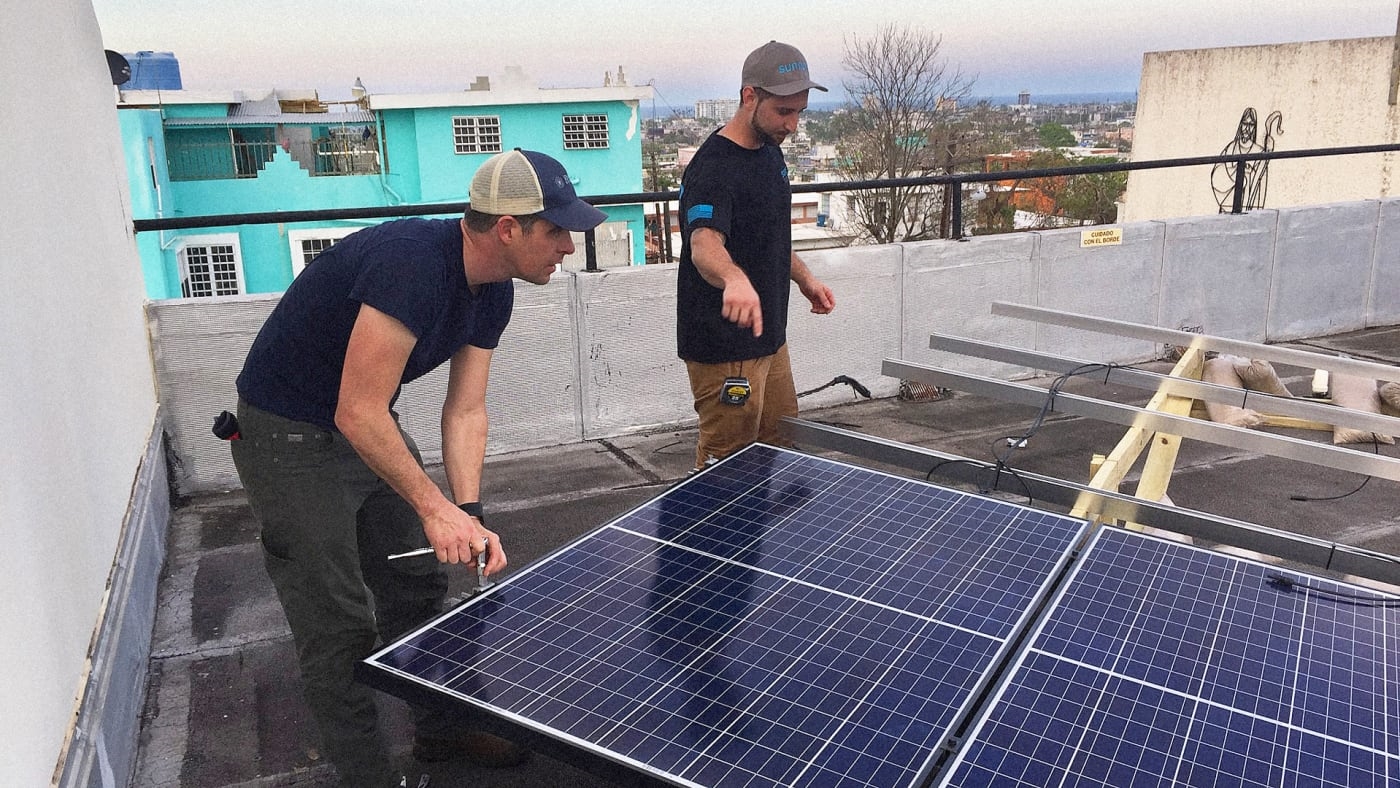During Puerto Rico’s Blackout, Solar Microgrids Kept The Lights On
Seven months after Hurricane Maria hit Humacao, Puerto Rico–the first town on the island in the path of the storm–the community still hasn’t been connected to the national electric grid. But when the national grid went down last week after an accident, a community center in Humacao still had power.
The community center, like several other buildings across the island, now has its own solar electricity and battery storage system. “I think the irony wasn’t lost on anyone that we were sitting there with a full suite of electrical power while the rest of the island did not have it,” says Adam Gentner, director of business development in Latin America for Sonnen, a company that makes solar microgrids that can operate with or without a connection to a larger power grid.
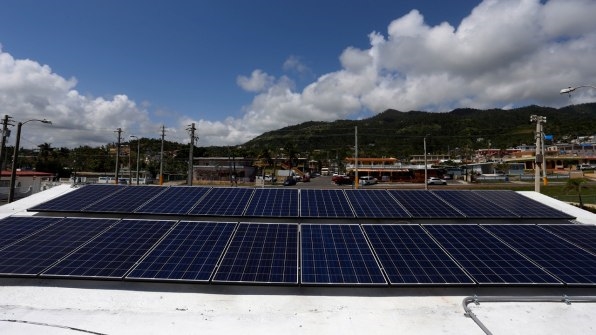
Since the hurricane, Sonnen has installed solar microgrids at 11 sites across the island. One recent installation powers lights, refrigeration, and other equipment at a health center. Another powers a school that is serving as a shelter in Bartolo, a tiny mountain community where informal land ownership agreements mean that local farmers don’t have the paperwork needed to get FEMA funds to rebuild.
Sunrun, the largest home solar company in the U.S., has installed solar and storage systems at three fire stations in Puerto Rico, with plans to do the same at five more. During the recent blackout, critical infrastructure at the stations stayed on. It also plans to donate solar equipment to power food markets and medical centers.
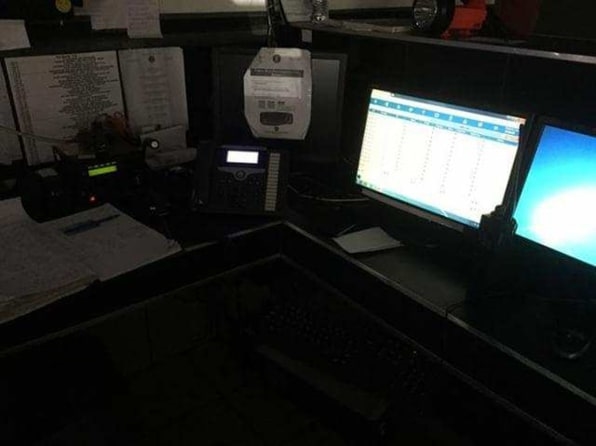
Blue Planet Energy, an off-grid energy storage company, installed its systems at a clean water pump station and a volunteer center. Tesla supplied solar microgrids to a children’s hospital, a center for housing for the elderly, and critical infrastructure including a sewer treatment plant. Two local nonprofits, Resilient Power Puerto Rico and Para la Naturaleza (“For Nature”), have installed solar power, along with rainwater purification systems at a handful of community centers, with plans for installations at a total of 30 centers.
All of this is a response to the ongoing crisis. But it also points to a more resilient future for the grid. Before the hurricane, Puerto Rico’s electric grid was particularly vulnerable; decades of mismanagement left the state-run utility, the Puerto Rico Electric Power Company, billions of dollars in debt. It cut costs by eliminating thousands of jobs and deferring routine maintenance.
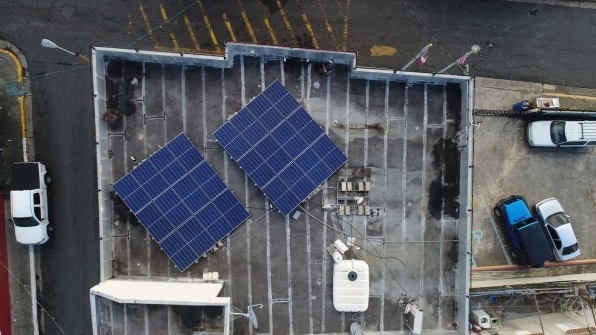
Most of the power plants are in the southern part of the island, even though most of the population is in the north, forcing transmission lines to cross the mountainous terrain in the middle; this made repairs after the storm particularly difficult. Only around 2% of the electricity came from solar and wind, despite the abundance of both resources (around half of the electricity comes from power plants that rely on expensive imported oil).
Broken transmission lines and utility poles have been repaired–at a painfully slow pace, though the majority of Puerto Ricans finally have power again–but the grid is still vulnerable (last week’s blackout followed another blackout two weeks ago). The next hurricane season is a little more than five weeks away. In the event of another storm, a network of microgrids could keep going even if the larger grid fails again.
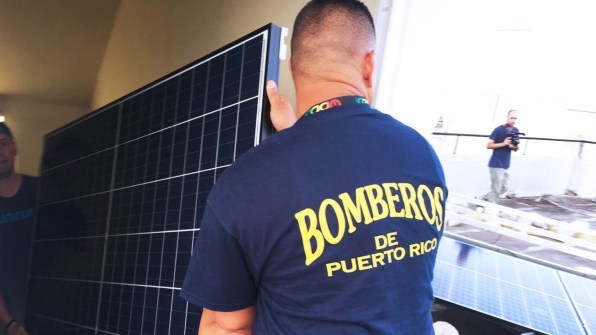
In some cases, the donated systems may be used without reconnecting to the grid. Sonnen says that at some sites, the people who now own the donated systems have decided to remain off-grid with Sonnen’s battery technology, and solar systems donated by a local energy partner, Pura Energia, as the sole source of power. The systems are designed to last for 20 years. In other cases, communities have reconnected to the grid, but the solar and battery system will help reduce electric bills and provide backup emergency power. The fire stations where Sunrun donated systems will use the grid when it is restored, but use the systems as a backup source of power. Para La Naturaleza says that it expects many of the community centers that receive its donations to use the systems as a primary source of power because that electricity will be free.
Though the current microgrids are used at individual buildings, in theory, larger systems could support a whole community. Jonathan Marvel, a Brooklyn-based architect working with Resilient Puerto Rico, is talking to mayors about the possibility of microgrids that could provide power to 20,000 people.
Individual microgrids could also be linked together. In Arizona, Sonnen is adding solar and energy storage to thousands of new homes in a community to create a “virtual power plant” that can share energy between homes. When connected to the grid, the system helps stabilize the overall grid, but it can also operate if a disaster takes the larger grid out. Sonnen has done the same thing in Germany.
“Sonnen is very interested in the potential to create a virtual power plant in Puerto Rico,” says Gentner. “The concept for a distributed, clean-energy virtual power plant has been proven in Germany, as has the ability to establish it with the very same technology we are currently installing into Puerto Rico. The ability to transform all of the energy storage that is currently being installed in Puerto Rico into a fleet of systems that work to stabilize the grid could be transformational to the Puerto Rican grid.”
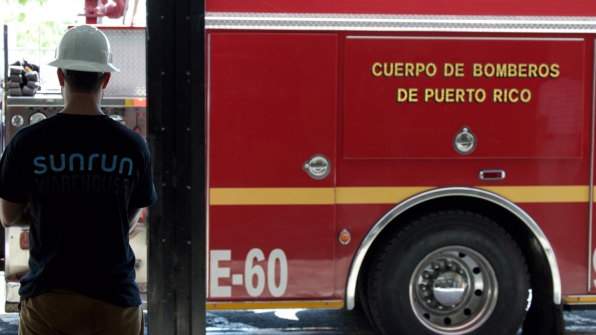
He says, though, that the system would require setting up a new rate structure and new rules with the utility. Because the utility made the controversial decision to privatize, those changes are something that may be unlikely to happen before it’s sold. It’s also not clear how much renewable energy will be added to the larger, traditional grid, despite popular support. The companies that step in to buy the utility might double down on the existing infrastructure. But small, independent solar systems can be installed without the utility company. “We want to empower those people that don’t want to wait,” Kyle Bolger, VP of engineering for Blue Planet Energy, told Fast Company in an interview in March. “Get out there and lead, and then the rest of the people will follow.”
The island is also well-suited for small-scale solar; it doesn’t have much extra land, but does have a lot of flat roofs. “I would encourage policymakers to look into the number of flat roofs, which are perfect for solar panel installations,” says Fernando Lloveras, president of Para La Naturaleza. “That will become a very distributed system, which will be much more resilient during a hurricane.” Hurricane season begins again on June 1.
(66)

